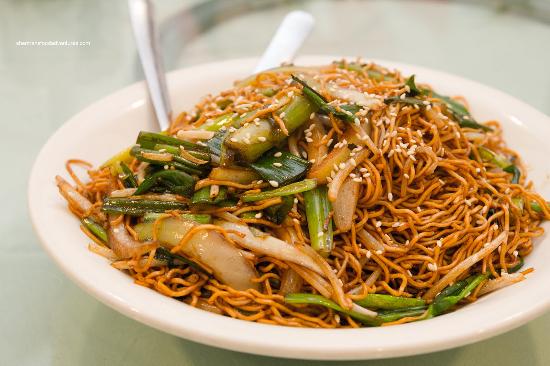The foundations for what we know as Chinese food were laid in the mid-1800s, when a huge influx of Chinese immigrants came to California during the Gold Rush, mostly from Canton (today known as Guangzhou). The newcomers started opening restaurants, and eventually began settling elsewhere thanks to the railroad expansion. That resulted in the establishment of Chinatowns all over the place (never forget, Jack Nicholson!). When you think of Chinese food you think of rice, and rice was the first grain that people farmed in China. There is archaeological evidence of rice farming along the Yang-tse River as early as about 5000 BC. People cooked rice by boiling it in water, the way they do today. Or they made rice into wine. People have been drinking rice wine in China since prehistory.


In the 1920s, Chinese food started to catch on among the bohemians (who sometimes ate the food before it was cool... and burned the roofs of their mouths). It wasn't until after World War II that it started to become more mainstream. Chinese chefs would often have two menus: one for Chinese people and one for Americans... but as its popularity grew, the American-tailored menu came to dominate. China can be divided into many geographical areas, and each area has a distinct style of cooking. The ingredients used in the food are based on the natural agricultural products of the region. In Northern China, for example, wheat is eaten more than rice as a staple food. Food using wheat as its main ingredient, such as noodles and dumplings is prevalent there. China's Southern cuisine uses far more rice, with such staples as rice noodles and zongzi - sticky rice wrapped in leaves. Southern food, is typically more spicy, and many minorities eat chilies every day.
